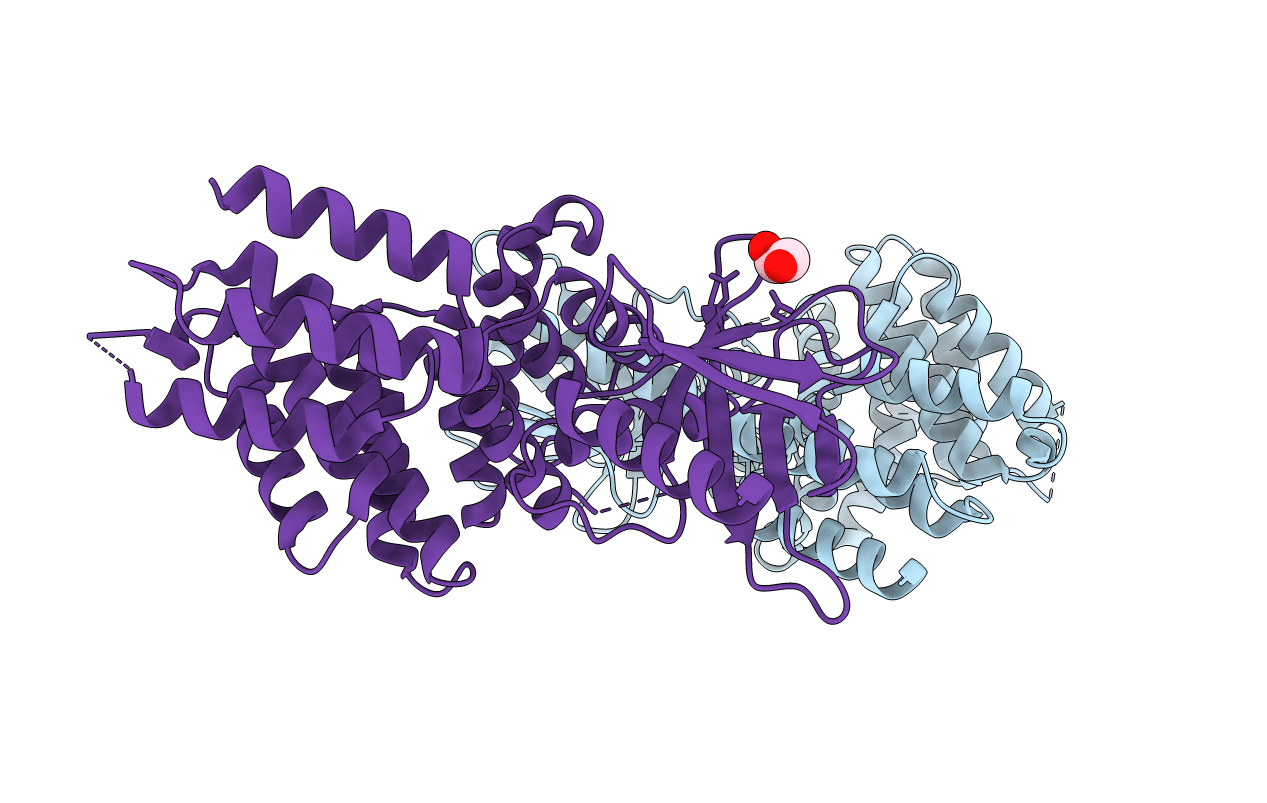
Deposition Date
2017-01-24
Release Date
2017-03-01
Last Version Date
2024-03-06
Method Details:
Experimental Method:
Resolution:
2.10 Å
R-Value Free:
0.26
R-Value Work:
0.23
R-Value Observed:
0.23
Space Group:
P 1 21 1


